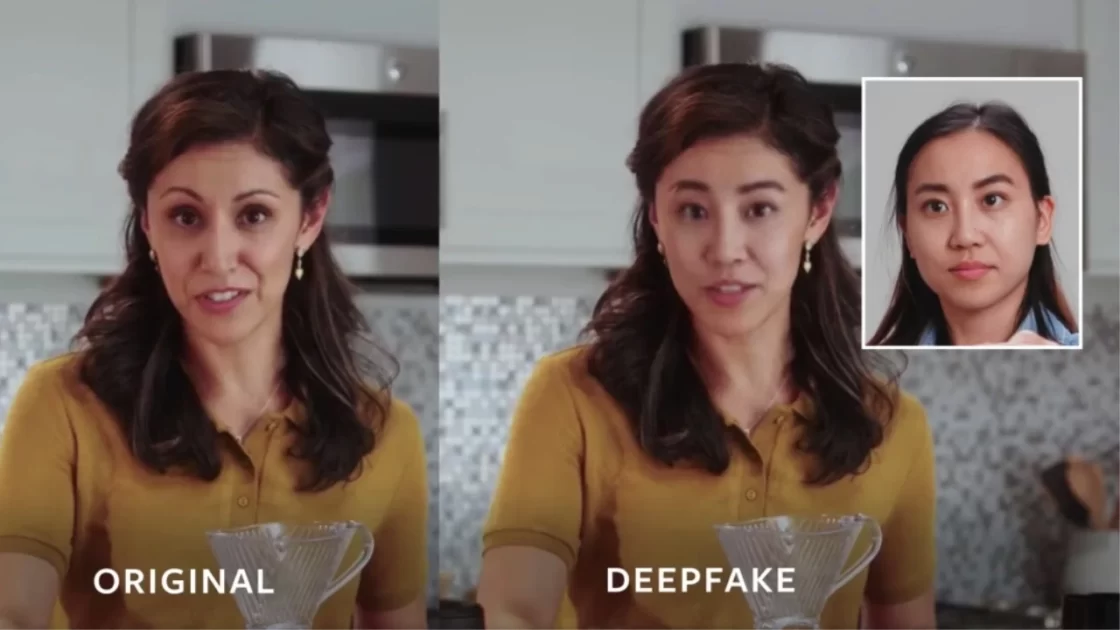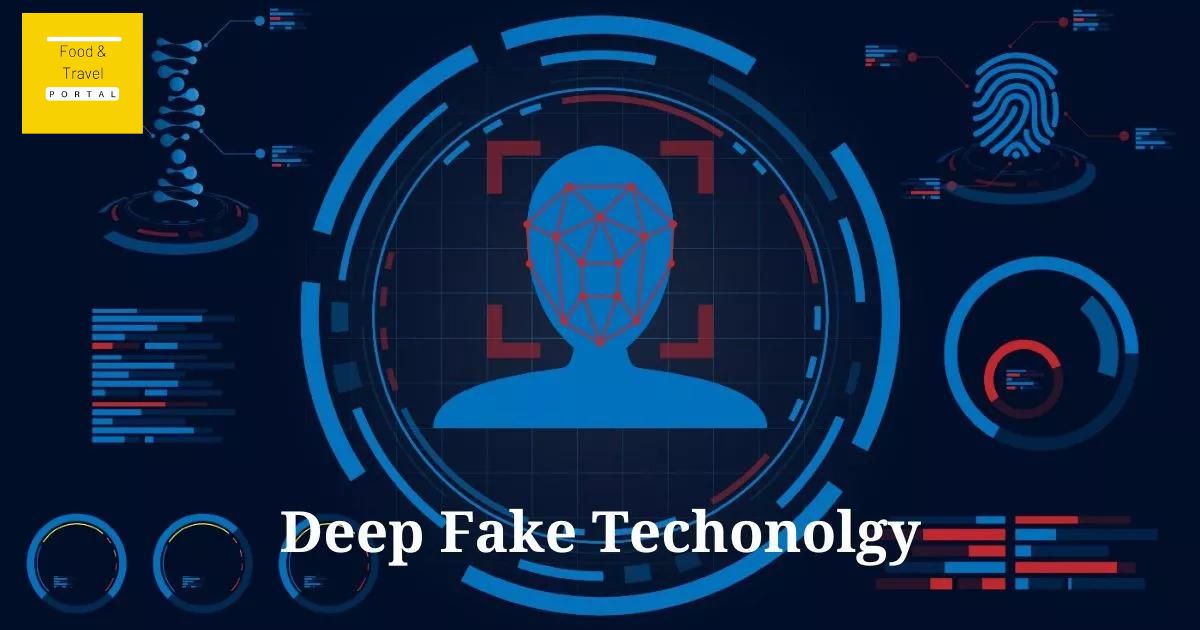Discover India’s interesting Deep Fake Technology the scene. Discover its implications, problems, and promising future. This comprehensive article will keep you up to date.
Deep fake technology has sparked debate around the world in a period driven by innovations in technology. India, a global technology hub, is no exception. The article fits into the complex world of deep fake technology in India, exploring its consequences, problems, and potential future directions.

An Overview of Deep Fake Technology in India
The use of artificial intelligence (AI) to make hyper-realistic films or audio recordings that tweak and superimpose existing content onto source images or sounds is known as deep fake technology. This innovative but controversial technology has gained grasp in India, causing crucial issues about its impact on society, politics, entertainment, and beyond.
People Also Read : Advantages of eSIM in Modern Devices
The Ethical The dilemma described
The rapid growth of deep fake technology has raised ethical challenges that cannot be ignored. Its ability to deceive the people into believing fake stuff is legitimate is a concerning challenge. Deep fake videos that distort significant people and create misleading narratives have prompted the need for stronger rules and regulations.
Deep fake technology and Misinformation
Deep fake technology combined with misinformation poses a severe threat to India’s sociopolitical scene. The ability to make convincing fake movies or audio recordings of politicians, celebrities, or ordinary folks can lead to the spread of false information, thereby causing conflict and destroying reputations.
The Role of Social Media and Entertainment Industry
Social media platforms have become a breeding ground for the proliferation of deep fake content. As Indians continue to embrace platforms like Facebook, Instagram, and Twitter, the potential for malicious actors to exploit these channels with manipulated content increases. Vigilance and awareness are crucial to combat this challenge. Deep fake technology has made its way into the rising entertainment business in India. This technology is being used by filmmakers and content developers to generate breathtaking visual effects, perfectly blend actors into historical settings, and revive great acts for new-age audiences.
Political Consequences and Security Risks
The political sector in India is not immune to the consequences of deep fake technologies. The technology might be used to ruin leaders’ reputations, influence public opinion, and even spark diplomatic conflicts. To protect against such dangers, a diversified approach is required.

Using AI to Combat Fake News
Ironically, AI, the main force behind deep fake technologies, can be used to mitigate its bad consequences. Deep false content may be identified and flagged using AI algorithms, allowing authorities and platforms to take early action to stop its spread. It is difficult to distinguish between authentic and profound counterfeits content. As technology progresses, so do the complexities of manufacturing, making detection and authentication increasingly difficult. It is critical to create strong algorithms capable of accurate identification.
Digital Identity Protection
People in India are becoming increasingly concerned about the protection of their digital identities. The possibility of malicious actors imitating them in fraudulent videos creates serious privacy concerns. Stricter cybersecurity safety measures, as well as public awareness initiatives, are required.

The Regulatory Environment
The legal structure in India is struggling to keep up with the rapid advancement of deep fake technologies. As technology advances, careful rules are required to manage its varied impact while balancing innovation and freedom of expression. Deep fake technology is becoming more prevalent in the cybersecurity arena. The threat of cyberattacks using modified content to breach security systems emphasises the importance of strengthening India’s digital defences.
Possibility of Positive Innovation
Deep fake technology, despite its challenges, offers chances for beneficial innovation. Beyond deception, the technology’s potential ranges from improving virtual reality experiences to boosting medical training through simulation. Empowering people with the expertise to identify and scrutinise deep false information is a critical step towards reducing its influence. Individuals can become more discerning digital media consumers through educational programmes and public awareness efforts.
Conclusion
Deep fake technology’s advent in India marks a critical juncture where innovation intersects with ethical considerations. As the nation grapples with the challenges posed by this technology, it is essential to foster dialogue, enact effective regulations, and harness its potential for positive transformation. By doing so, India can navigate the intricate realm of deep fake technology while safeguarding its society, democracy, and technological progress.

